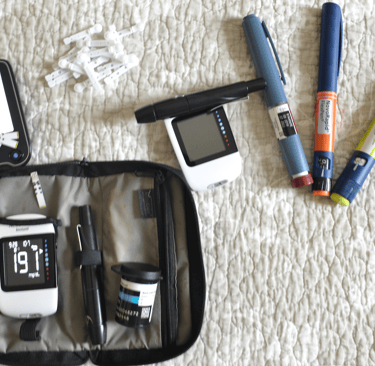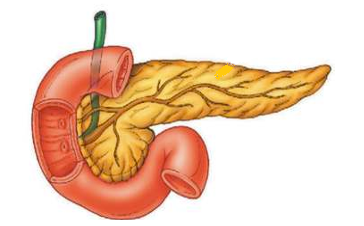Living with Type 1 Diabetes


Type 1 diabetes is a chronic condition and so far, no cures have been found for it. However, people with type 1 diabetes can still live healthy long lives by balancing medications, exercise, and nutrition.
T1D is not caused by lifestyle, however once you have type 1 diabetes, your lifestyle plays a major role in managing it.
Daily Management and Routine
At the core of living with Type 1 diabetes is constant blood glucose management. You must check blood sugar levels multiple times a day using finger pricks or continuous glucose monitors (CGMs). Based on these readings, inject insulin or use an insulin pump to regulate blood glucose levels. Every meal, snack, or physical activity requires careful planning. Counting carbohydrate intake and adjusting insulin based on this becomes very crucial, and even slight deviations can lead to dangerous highs (hyperglycemia) or lows (hypoglycemia).
Use this online to find carbohydrate levels in common foods - Carbo Hydrate Counter
This level of routine can feel burdensome, especially for children and teenagers who want to live spontaneously. Even during sleep, there’s no guarantee of uninterrupted rest—blood sugar fluctuations can trigger alarms, cause sleep disruptions or even requiring emergency action.


Emotional and Psychological Impact
Beyond the physical demands, the emotional toll of Type 1 diabetes is profound. The need for constant monitoring can lead to “diabetes burnout,” a state of fatigue and frustration that arises from the unrelenting responsibilities of the condition. Anxiety, depression, and feelings of isolation are common, particularly because the condition is largely invisible to others. Social situations, such as dining out or traveling, can become sources of stress.
Many people with Type 1 diabetes also carry the emotional burden of fear—fear of long-term complications like neuropathy, vision loss, kidney failure, or cardiovascular disease. They must also be prepared for sudden medical emergencies, such as severe hypoglycemia, which can be life-threatening if not treated quickly.


Support Systems and Technological Advances
Fortunately, living with Type 1 diabetes today is markedly different from previous decades. Advances in medical technology—like CGMs, insulin pumps, and smart insulin pens—have greatly improved quality of life and reduced some of the guesswork in diabetes management. These tools offer more precise control and greater freedom, although they can be expensive and require access to healthcare and insurance.
Equally important is the role of support systems. Family, friends, healthcare providers, and online communities play a vital role in helping individuals cope. Education and understanding from peers and employers can reduce stigma and make daily management less isolating.


Honeymoon Phase in Type 1 Diabetes
After a diagnosis of type 1 diabetes and the start of insulin treatment, many people experience what is known as the “honeymoon phase.” During this period, the pancreas temporarily continues to produce some insulin, which makes blood sugar levels easier to control and reduces the amount of insulin needed. This phase can last for a few weeks to several months, but it is only temporary. Over time, the remaining insulin-producing cells are gradually destroyed, and the need for insulin therapy increases again.


Manage Type 1 Diabetes
Daily tips for balanced diabetes management.